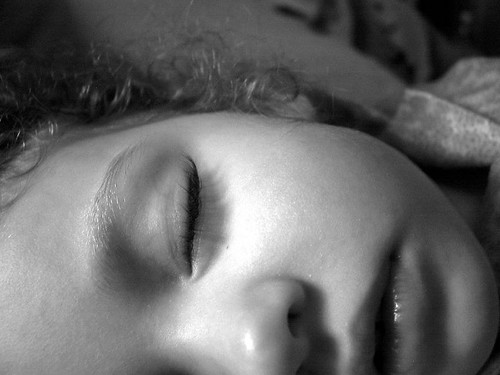Have you ever wondered why some individuals, especially young ones with Attention Deficit Hyperactivity Disorder (ADHD), despite being socially active, express feelings of deep loneliness? It’s a puzzling scenario that many parents and caregivers face, questioning the paradox of a child who seems to have no issues in making friends yet shares sentiments of being isolated. This enigma led to a comprehensive investigation, culminating in a systematic review and meta-analysis that discovered young people with ADHD experience significantly higher levels of loneliness compared to their non-ADHD peers. Let’s delve into the intricacies of this finding and explore the underpinnings and potential interventions to mitigate this form of emotional distress.
ADHD, characterized by symptoms of inattention, hyperactivity, and impulsivity, is not just about the challenges it presents in focusing or staying still. It extends into the social realm, affecting relationships and emotional well-being. Despite some children with ADHD having a robust social circle, the feeling of being disconnected or misunderstood by their peers is prevalent. This phenomenon raises the question: what lies at the heart of this contradiction between apparent social success and internal solitude?
The answer may lie in the emotional intensity that children with ADHD experience. They often feel emotions more acutely than their peers, including those of hopelessness, worthlessness, and unexplained sadness. Moreover, these intense emotions are not as easily shaken off. This emotional depth, while a strength, can sometimes create barriers to genuine connection, as these kids might not feel entirely understood or accepted by their peers. The disparity between being with people and feeling connected to them is stark, hinting at a deeper need for emotional resonance rather than mere presence.
Understanding the quality of relationships is crucial in addressing this form of loneliness. Questions about who makes them feel comfortable, instances of feeling misunderstood, and the circumstances leading to feelings of loneliness can offer insights into the social dynamics at play. It’s essential to recognize that being surrounded by friends does not necessarily equate to emotional fulfillment or understanding. This distinction is vital in fostering environments where children with ADHD can form deeper, more meaningful connections.
Addressing loneliness in children with ADHD involves nurturing environments that encourage open discussions about feelings and experiences. Encouraging kids to spend time with supportive peers and engage in activities that reflect their interests can pave the way for meaningful relationships. Additionally, the role of therapy or counseling should not be underestimated. A professional can assist in developing strategies to manage feelings of loneliness and promote a sense of belonging.

The prevalence of ADHD, according to a myriad of studies spanning across continents, suggests a global concern with varying rates reported. This variability underscores the need for a nuanced understanding of ADHD and its implications on mental health and social well-being. The association of ADHD with a broad range of negative outcomes, including social isolation, marks it as a significant public health issue. Addressing the social and emotional aspects of ADHD is as crucial as managing its more overt symptoms.
The journey of individuals with ADHD, especially the youth, navigating the social landscape is intricate and filled with challenges that go beyond the usual difficulties of forming and keeping friendships. The systematic review and meta-analysis illuminate the increased sense of loneliness felt by young people with ADHD, emphasizing the significant requirement for holistic support systems. By nurturing stronger connections and empathy, we can create a more inclusive path where children with ADHD are genuinely acknowledged, listened to, and comprehended. Ultimately, true connection is not about the number of social interactions but the quality and depth of those relationships.
Related posts:
My child with ADHD has lots of friends but is still lonely. What’s going on?





